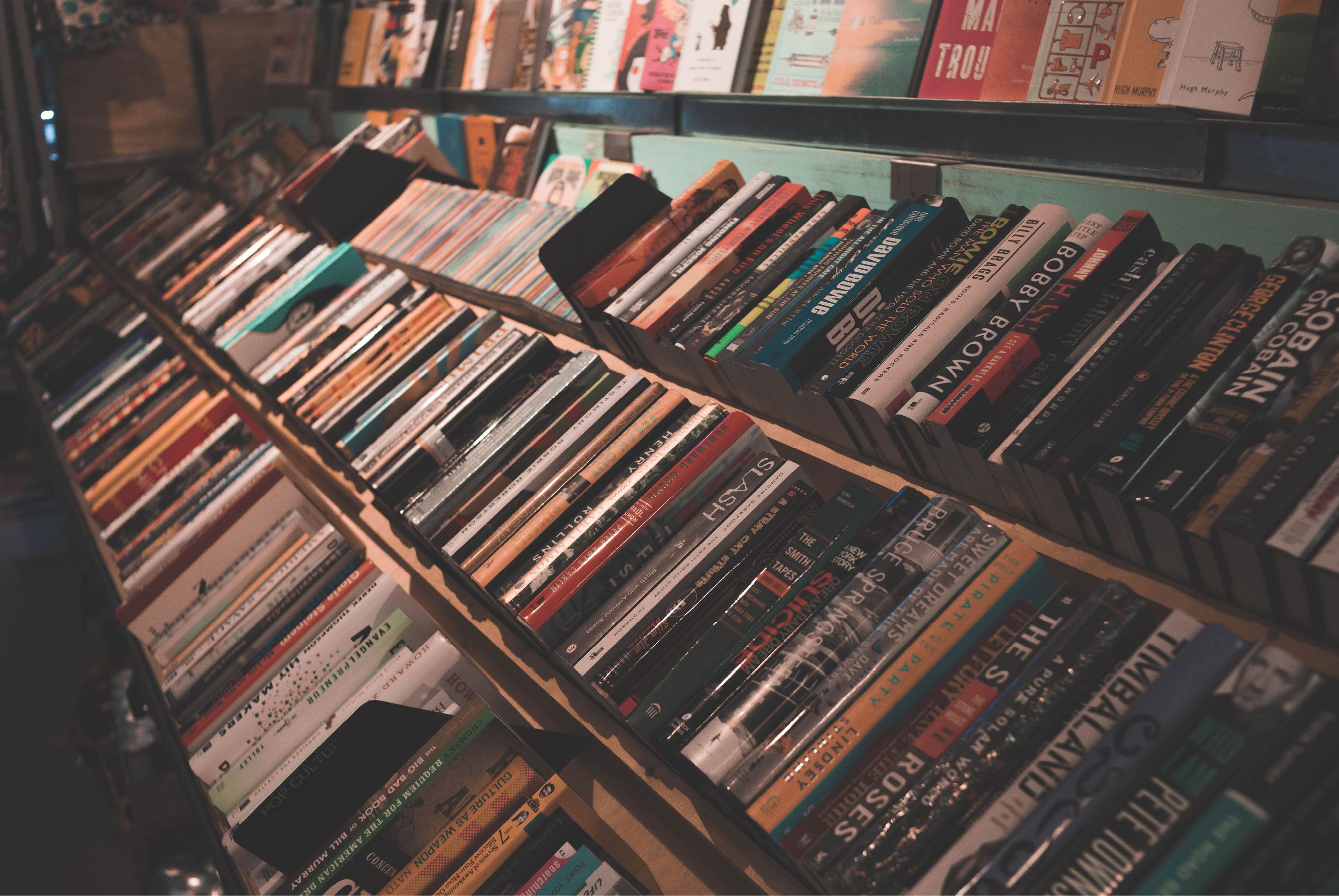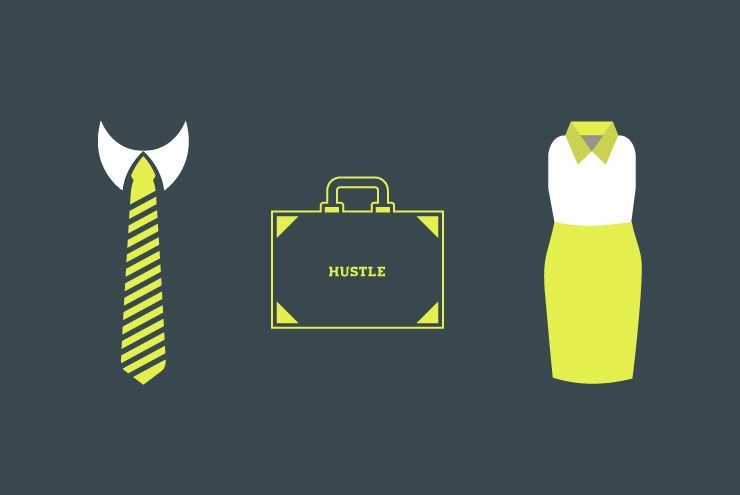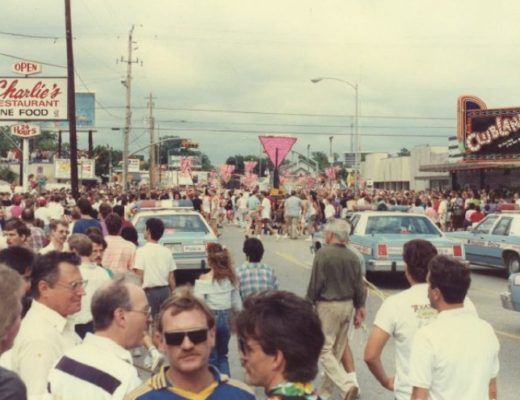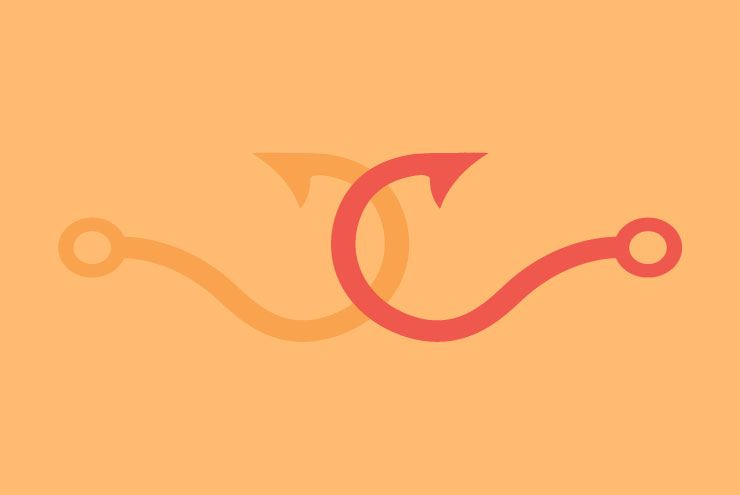By Nikita Shepard
For a brief time beginning in the 1970s and stretching up to the 2000s, a new species of community institution sprinkled the southern landscape—the LGBTQ bookstore. Once prolific, these stores are now endangered. While LGBTQ visibility and community participation has expanded exponentially, economic changes have forced nearly all small bookstores to either close or shift their retail focus. Yet a few determined LGBTQ and feminist bookstores—from the funky Faubourg Marigny Art and Books in New Orleans to feminist stalwarts such as Atlanta’s Charis Books and More and Austin’s BookWoman—continue to thrive.
The history and continued survival of these unique institutions shows how LGBTQ and feminist bookstores have always been about more than simply selling merchandise. They’ve provided the physical infrastructure for queer culture to flourish—a place for making connections, debating ideas, and hosting meetings. Here in the South, they have served as incubators for community, lifelines for isolated LGBTQ folks to encounter each other and enjoy a rare visibility.
Let’s take a whirlwind tour of some of the LGBTQ bookstores that have populated the South’s queer landscape over the past 40 years, reflect on how they’ve evolved, and look forward to where they might be headed.
2017 marks the 50th anniversary of the first gay bookstore in the United States, New York’s Oscar Wilde Memorial Bookshop. Founder Craig Rodwell served as the vice president of New York’s chapter of the Mattachine Society, an early homophile organization, but longed to connect more directly with everyday gay men and lesbians in the city. Upon opening in 1967, his storefront served as the first explicitly gay public meeting space outside of bars and bathhouses, and quickly became a popular hub for the emerging culture of what would soon flower into the gay liberation movement. After the Stonewall Rebellion of 1969, gay bookstores began appearing across North America in cities with substantial gay populations.
Meanwhile, the country’s burgeoning feminist movement began to construct economic and cultural institutions that would challenge the patriarchal values that structured the broader society. As a part of this groundswell, lesbian feminist bookstores took root around the country through the 1970s, beginning with Minneapolis’s Amazon Bookstore—no relation to the subsequent online retailer who would do so much to force small bookstores like the original Amazon out of business.
While these dual bookstore movements clustered on the coasts and in the North and West, feminists and queer folks in the South noted the trend and gradually began to build their own stores. One of the earliest examples in the region is Atlanta, Georgia’s Charis Books and More, founded in 1974. Charis founder Linda Bryant recalled, “Just before I turned 26, I was talking with a friend about my dream of a little bookstore where I could be surrounded by books that would encourage and enlighten people and where we’d have a rocking chair, a pot of tea, and a place to talk.” A generous gift from a friend allowed her to realize her dream and open the store, which took its name from a Greek word for “grace” or “thanks.” As Bryant commented, “We felt the depth of the gift of the vision, the gift of the funds, and our hope was that Charis would be a gift to the community.”
The new store aimed to sell books “by and about women, spiritual books that were challenging and opening, and children’s books that were anti-sexist and anti-racist,” and tapped into the newly-emerging feminist presses and distribution networks that formed in the mid-1970s. Indicative of the complex relationship between lesbian sexual identity and political vision in the bookstore movement, Bryant clarified:
We have resisted being defined as a lesbian bookstore, not because we are in any way ashamed that many of the primary people who own, manage, or work at the bookstore are lesbian, but because, again, that is too limiting. What we are and want to be is a bookstore and a nonprofit that exists to promote and honor and celebrate feminist values of mutuality, independence, and compassion. We used to say we wanted to ‘create a world in which all oppressions cease to exist,’ and that is still our vision—we just want to put it into more concrete terms.
They have managed to sustain their vision over four decades of debates, readings, discussions, and activist engagement in Atlanta’s Five Points neighborhood. They will celebrate their 43rd birthday this November, and in 2018, plan to relocate to a new space on the campus of Agnes Scott College, a historic women’s college in Decatur.
Both LGBTQ and feminist bookstores—serving overlapping but distinct constituencies—gradually emerged in increasing numbers, including a handful in the South: Faubourg Marigny Art and Books opened its doors in 1978, serving as a de facto community center for the New Orleans gay community, while White Rabbit appeared in Greensboro, North Carolina in 1983 and went on to open additional locations in Raleigh and Charlotte. The Common Woman Bookstore collective formed in Austin in 1979, later evolving into the BookWoman store that still exists today. By 1994, some 124 feminist bookstores were in operation around the country. LGBTQ bookstores also peaked in the 1990s, with over 40 open for business throughout the United States.
Yet, even as LGBTQ political movements gained momentum and communities garnered increased visibility, these bookstores would largely succumb—not to homophobia, but to economic and technological changes. The advent of Amazon.com and online book sales has rendered survival for any small independent bookstore a challenge—and for lesbian feminist and gay shops with relatively small target audiences, few managed to survive, even as LGBTQ publishing continued to expand. A Houston Chronicle article, reporting on the 2002 demise of the Crossroads Market, a gay bookstore and coffee shop, aptly captured the paradox: “Although there are probably more gay- and lesbian-themed books available now than at any other point in history, it’s a bad time for stores that sell them exclusively.”
Numerous southern bookstores flared up in the 1990s and faded out over the past decade. Outloud Bookstore in Nashville, Tennessee (1995-2011) raised money for local nonprofits and hosted community events. Outwrite Bookstore and Coffeehouse (1993-2012) operated at the center of Midtown, Atlanta’s gayest neighborhood. Owner Philip Rafshoon remarked sadly upon its closing, “We know this is a light to so many people in very, very red state—in a very red part of the country—and is one of the things that makes Atlanta great.”
While LGBTQ bookstores across the South largely shut down with the coming of the 21st century, many were replaced in part by LGBTQ community centers, which similarly offered queer and trans folks the possibility of meeting face-to-face outside of bars and clubs. Community centers have emerged not only in regional hubs, but also in smaller towns from Fayetteville, Arkansas to Lynchburg, Virginia to Fort Myers, Florida and all across the region. As LGBTQ social life increasingly transitioned to online platforms, these spaces reproduced many of the services LGBTQ bookstores formerly provided, including reading material, book groups, and simply a friendly place to drop in and be yourself.
Today, few explicitly LGBTQ bookstores remain, mostly in major urban hubs for sexual dissidents—like New York, London, or Berlin. Down South, the old model of sustaining a business primarily from selling LGBTQ-themed books in a brick-and-mortar space hasn’t proven to be financially viable. Some stores, such as Charlotte’s White Rabbit, have evolved into outlets for a wider range of queer-themed goods, maintaining a small selection of books flanked by clothing, jewelry, and other accessories. Owner Jim Yarbrough estimates that only seven to eight percent of the store’s sales come from books, mostly used titles. “I think there’s still a market for LGBTQ stores, but they have to diversify and find things that people are wanting,” Yarbrough explains. “Books are not the thing these days.” For White Rabbit, the new direction has been designer men’s underwear: over 50 percent of the store’s sales presently stem from underwear.
Likewise, Greenville, South Carolina’s Out of Bounds (founded 1996) may be listed as a bookstore, but employee Don estimates that less than one percent of the store’s income comes from book sales. Videos, jewelry, sex toys, stickers, and accessories keep the state’s only LGBTQ store afloat. Beyond the merchandise, they provide a place for gay newcomers and locals to interact, publicizing a bowling league, reading group, and other community events.
Another creative example is Richmond, Virginia’s Diversity Thrift, a wide-ranging bargain store that translates community donations into income for LGBTQ community organizations.
The surviving feminist bookstores in the region, such as Atlanta’s Charis, Austin’s BookWoman, and Gainesville’s Wild Iris, have collaborated with sympathetic university professors to bring in student textbook customers while maintaining a dedicated feminist, LGBTQ, and progressive community base.
The feminist-focused Wild Iris Books of Gainesville, Florida, founded in 1992, will close in December of this year. They have embodied a mission of “celebrating life and diversity” by stocking a wide range of feminist, queer, and woman-centered products, collaborating with other local radical organizations, and hosting a free store and weekly queer feminist open mic.
Atlanta’s Charis has developed a unique dual structure with Charis Circle, a nonprofit programming arm, working in tandem with the bookstore business. Together, their collaboration “encourages the expression of diverse and marginalized voices, fosters sustainable feminist communities, and works for social justice.” Austin’s BookWoman continues to host readings and book signings, poetry nights, discussions, and voter registration efforts along with their feminist and queer books and merchandise.
Charlotte’s White Rabbit serves as a meeting node for community information, sells tickets for gay-themed events, and shares its space with Q-Notes, the long-running LGBTQ newspaper serving the Carolinas. Plus, their building features an enormous rainbow mural spanning three walls; Jim Yarbrough speculates, “I would guess it’s one of largest pieces of gay art anywhere.”
And amidst the chaos of New Orleans’s Frenchmen Street, Faubourg Marigny Art and Books owner Otis Fennell remains perched behind the counter of one of the oldest LGBTQ bookstores left in the country, amidst the delightful jumble of dusty used paperbacks, old porn magazines, and campy art.
These survivors have had to adapt to the changing times in creative ways to sustain their businesses. Given the dramatic economic and cultural shifts in how Americans buy, sell, and read books, there doesn’t seem to be much likelihood of a renaissance for independent brick-and-mortar bookstores with such niche audiences.
The heyday of the LGBTQ bookstore may have passed, but it has certainly left its mark on southern queer culture and community. When you pass through one of these cities, take a moment to pop in and celebrate the pivotal role they’ve played in helping to queer public space in the South.







